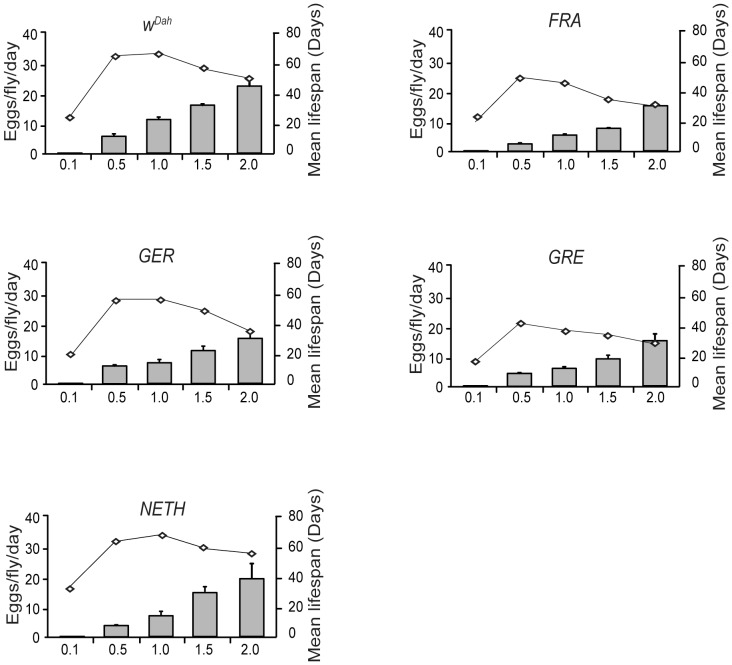Figure 1. Lifespan and fecundity of wild–derived Drosophila melanogaster strains responded to DR.
The mean lifespans of all wild-derived strains and the laboratory strain exhibited a tent-shaped response to DR with highest mean lifespan values at 0.5 or 1.0 yeast concentration. Female fecundity showed a monotonic increase with yeast concentration in all strains. Both mean lifespan and fecundity were significantly affected by food. Mean lifespan for WDah: F = 94.21, R2 = 0.8933, p<1×10−4, for FRA: F = 35.42, R2 = 0.7589, p<1×10−4, for GRE: F = 81.23, R2 = 0.8784, p<1×10−4, for GER: F = 96.66, R2 = 0.8957, p<1×10−4, for NETH: F = 43.25, R2 = 0.7936, p<1×10−4, one-way ANOVA test. Fecundity for WDah: F = 136.5, R2 = 0.9239, p<1×10−4, for FRA: F = 158.3, R2 = 0.9337, p<1×10−4, for GRE: F = 103.1, R2 = 0.9016, p<1×10−4, for GER: F = 107.6, R2 = 0.9054, p<1×10−4, for NETH: F = 123.5, R2 = 0.9165, p<1×10−4, one-way ANOVA test. Points: mean lifespan. Bars: estimate of mean number of eggs laid/fly/day ± standard error; connected points: mean lifespan in days (n = 100). Data shown are from a single trial with second generation flies of the wild-derived strains.

